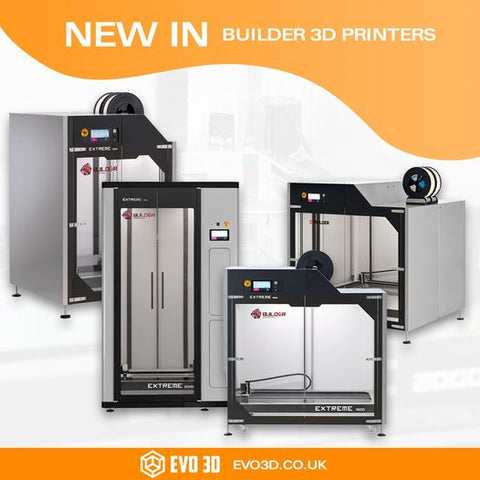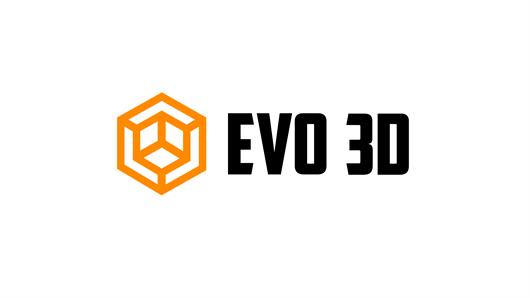 Add My Company
Add My Company

Are you planning to buy a large-format 3D printer? If yes, it is essential to consider a few things to make the most of your purchase. A large-format 3D printer will let you print parts in one go so you do not need to piece them later like you do with a small printer. However, the giant printer will take up quite a bit of space with all those electrical requirements, so you need to know where you will place it. In this blog, we suggest a few things to consider, like application, software, and budget, before making a final purchase.
1.Application: When buying a huge machine, the basic question that should come to mind is what you want to 3D print and why. Understanding this basic question will help you understand the benefits of a large-format 3D printer. Here are a few points to know:
Prototypes using 3D printing—should they be functional for form and fit tests or more for design approval? If tooling, where to use the production line or for CMM inspection? When it comes to 3D printing end-use parts, what environment or tolerances does it require?

It is essential to compare systems that enable you to print in engineering-grade materials (like BigRep) if you require the prototype to mimic the final product. The same goes for small series production runs or end-use items made additively, which frequently need more expensive engineering-grade materials like nylon and carbon fiber. But if you are printing large parts for marketing purposes, then go for basic materials like PLA or PLX.
2. Materials: When comparing materials before printing, consider whether your system should be a closed or open-source 3D printer. Some printer manufacturers supply material that you must use in their system to limit your choices. In a closed printer system, you have to use that printer’s material, while in an open-source system, you can use any material within the specifications of the printer, which gives you the option to purchase a material of your choice. So, it is up to you whether to stick to a supplier or purchase materials from outside.
3. Software: Every equipment manufacturer has its own software that will set up the part to be built and sliced, but some equipment is open source, so you can choose your own software. So, ensure you are familiar with the software of the system you are running because most of them require a high level of expertise to run, and some require only plug-and-play.
Ask the manufacturer to train you beforehand, no matter what type of printer you buy. With the assistance of your local support staff, determine the ideal settings, component orientation, and material for the parts you're trying to print in order to avoid or eliminate warping before you begin.-
4. Local support: When you have decided to invest in a large format printer, you cannot go without having local support. It is essential to choose a printer that gets you up and running quickly. Choose a company that provides technical support 24/7 with every purchase.
5. Area: Large Format 3D printers are pretty huge, so you may require a climate-controlled room to place one. Depending on the environment where the printer will sit, you need to analyze the humidity level or the material you will be printing. Lastly, and not forget that many 3D printers need high electrical output, So, ensure to choose a 3D printer with these factors in mind.
Conclusion,
Investing in the best large-format 3D printer requires proper research and consideration of the above factors. In addition to these factors, don’t forget to consider your budget too. You may want to either lease a printer or buy one. So, it is better to talk to experts.
At Evo 3D, you get a 360-degree solution for your additive manufacturing needs, including technical support and understanding your unique needs. So, contact us today.
For more information on What to Consider When Buying the Best Large-Format 3D Printer talk to Evo3D
